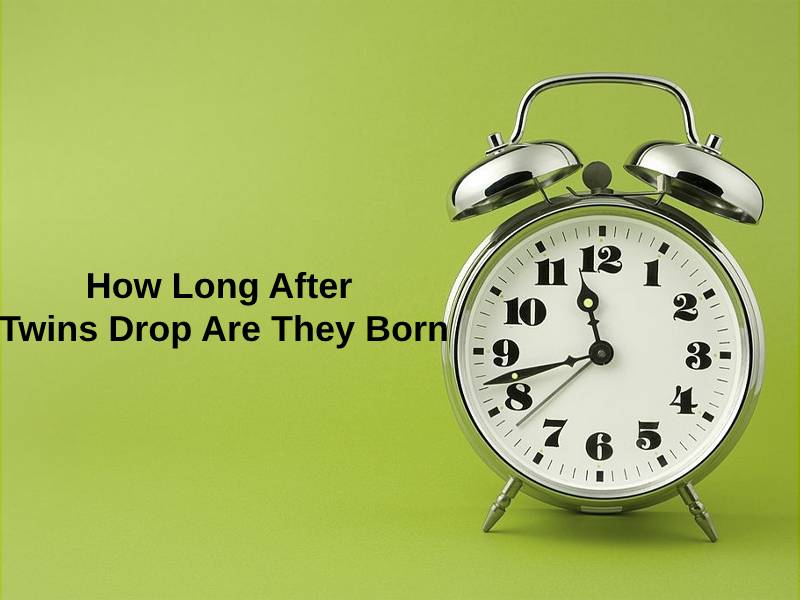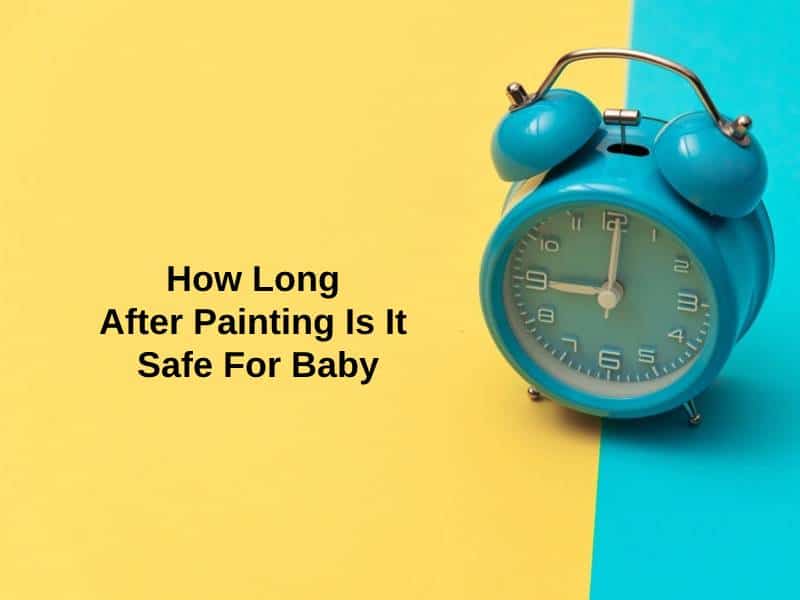Exact Answer: 6 – 24 Hours
Once the egg is fertilized, it takes 9 months for the egg to grow into a baby, i.e, the term of pregnancy is 9 months or 40 weeks. After these 9 months, around the time of their due date, all of the pregnant women experience something called water breaking. Once your waters break, you need to rush to the hospital right away. This is because a water break is a sign which tells the women that they will have a delivery soon. But how long is the waiting period for these women to see their baby after the waters break?

How Long After Waters Break Is Baby Born?
| Cases | How Long for Baby to Born |
| Labor already started | 3 hours (at most) |
| Labor not yet started | 6 – 24 hours |
Before the baby is born, a fluid sac (water) surrounds the baby. This sac contains two membranes within it, which are there to protect the baby from any kind of infection. This membranous sac is called the amniotic sac, which is situated in the uterus. Around the time of your due date, this fluid sac breaks. In biological terms, there is a rupture in the membrane or amniotic sac, which is known as water breaking.
But there are some cases where the waters break much earlier than expected, i.e., 3 – 4 weeks before the due date. In such cases, the water breaking is called preterm PROM (prelabour rupture of membrane), which may expose you and your baby to few serious risks. Although the women will go into labor within 24 hours of water breaking, the babies will have premature birth (when 37 weeks are not yet completed). Such babies are underweight and are prone to few other complications, as their growth was not completed.
There are also some cases where the water doesn’t break, even when the due date has passed or the labor has begun. To deal with such cases, the doctor uses the technique of amniotomy on pregnant women. Here, a small opening is made on the amniotic sac, which causes the water to break. This technique helps in starting and increasing the contractions.

After your waters break, the baby is born within 6 – 24 hours. In some rare cases, if the labor has not yet started, and it may take 36 hours for the labor to start naturally. But most of the time, for such cases, the doctor recommends labor induction (stimulating contractions).
Why Is Baby Born That Long After Waters Break?
The water break happens when the labor has already started or is about to begin. And once the waters break, the baby is more prone to bacterial infection. Thus, it becomes very much important to deliver the baby at the earliest.
In half of the cases, as the labor and contractions had already begun, the delivery can take at most 3 hours or so. But as mentioned before, there are some cases where the contractions have not yet started. But not to worry, as they are likely to start in 6 to 24 hours. If even after 24 hours, your labor has not yet started, then most of the doctors suggest you into using the induction technique. This is a technique where the uterine contractions are stimulated, to have a regular vaginal birth. Even though the labor may start naturally after 36 – 72 hours, doctors still induce labor. This is because, as your baby is already prone to infections, waiting for the labor to start naturally, is not the safest option for your baby.

In cases of premature birth (before 37 weeks), if the baby is safe from any infection or complication and is taken care of, then most of the time, doctors try to extend the pregnancy, until the baby is fully developed. And in such situations, the baby is monitored continuously. But in cases where the baby is at the risk of bacterial infection, then doctors apply labor induction or C-section and deliver the baby within 6 – 24 hours.
Conclusion
Thus, for most of the time, if the health conditions of both the baby and the mother are fine, and the waters break around the given delivery date, then it takes around 3 hours for the baby to born. If the contractions are not yet started, then it will start within 6 – 24 hours and for the baby to be born. When the labor has still not started even after 24 hours, and the mother wishes to wait till the contractions start naturally, then the approximate waiting period for the baby to be born is 36 – 72 hours. After that, the doctors use labor induction to ensure the safety of the mother and her baby. In cases where the baby is delivered earlier than expected, i.e., premature birth, then he is kept under observation at the safety care unit.





















This was very informative and useful. I think more details about the risks for preterm PROM would have made it even more complete.
I agree, those who experience the preterm PROM should be very aware of the risks for the baby’s health.
It’s a relief to know that there’s a general timeframe for labor to start after waters break. This will help alleviate anxiety for many pregnant women.
Definitely, having an idea of what to expect can make the situation less stressful.
Agreed, knowledge and understanding of the process can help minimize panic in such a situation.
This article offers crucial information for pregnant women. It’s comforting to have a better understanding of the waiting period after the waters break.
Fully agree, this kind of information can be empowering in such a situation.
Absolutely, this knowledge can make a big difference for expectant mothers.
The article offers valuable and comprehensive information for pregnant women to understand what happens after the waters break.
The article provides important insights into the timeframes involved in labor after water breaking. I appreciate the thoroughness of the information.
Agreed, the level of detail in the article is very helpful for expectant mothers.
Absolutely, understanding these timelines can greatly benefit pregnant women in terms of preparedness.
The article offers a very comprehensive understanding of the timeframes involved in the baby’s birth after water breaking. It’s a vital resource for pregnant women.
Definitely, understanding these processes can provide comfort and knowledge for expectant mothers.
Absolutely, this level of detail can make a significant difference for women in such a situation.
It’s quite surprising how long it can take for the baby to be born after the waters break. I wonder how often water breaking actually occurs before the due date?
It’s a rare occurrence, but still something pregnant women should be aware of and prepared for.
The article is a great resource for understanding what happens after water breaking. It’s fascinating to learn about the processes involved.
Yes, the details provided are certainly enlightening and useful for pregnant women.
The information in this article is of high value for pregnant women. It’s a very thorough and beneficial guide.
Definitely, this kind of knowledge can help ease the anxieties of expecting mothers.
I fully agree, information like this can be incredibly reassuring in such a critical time.
I appreciate the practical advice in the article, especially regarding the timeframes for labor to start after water breaking.
Yes, this gives expectant mothers a good idea of what to expect in such a situation.